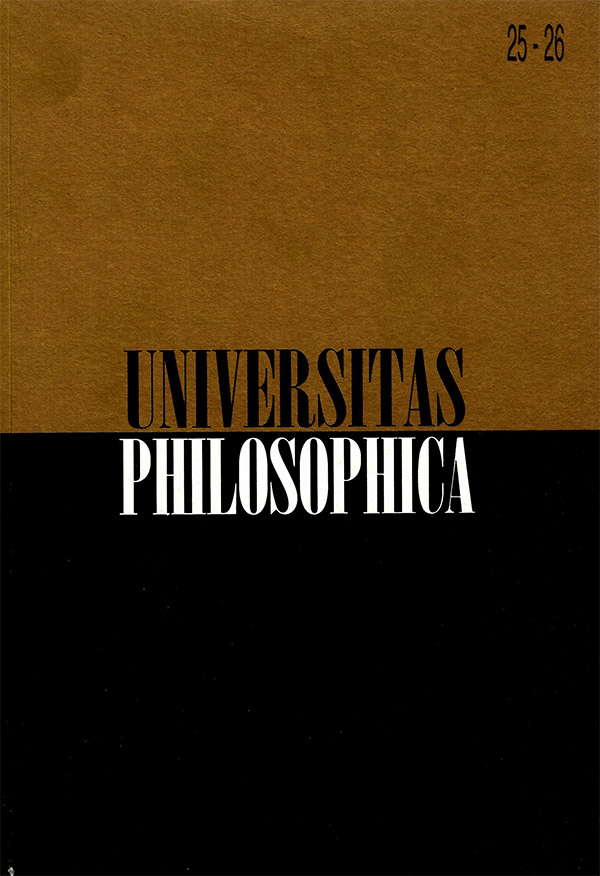Abstract
This study analyzes Thomas Aquinas' theory of perception from three different viewpoints: First, the historical contextualization of his theory, taking into account Aristotle and Averroes; secondly, the study of Aquinas' texts, laying stress upon the causality of perceptive acts; and finally, the presentation of a general outline of the perceptive means, i. e., the external and interna] senses. The aim is to reconstruct the theory of perception as a cognitive theory and as the application of a casual system. Starting with causality of perception, I will try to argue that Aquinas follows implicitly, although never explicitly, a materialistic theory shaped by the Stoic doctrine of the pneuma or spiritus. The discussion will yield a complex causal theory of alterations, which will apply to the theory of perception, which without any doubt lays the systematic basis for all knowledge. Simultaneously, I will try to show Aquina's historical limitations, and his peculiar approach to perception.This journal is registered under a Creative Commons Attribution 4.0 International Public License. Thus, this work may be reproduced, distributed, and publicly shared in digital format, as long as the names of the authors and Pontificia Universidad Javeriana are acknowledged. Others are allowed to quote, adapt, transform, auto-archive, republish, and create based on this material, for any purpose (even commercial ones), provided the authorship is duly acknowledged, a link to the original work is provided, and it is specified if changes have been made. Pontificia Universidad Javeriana does not hold the rights of published works and the authors are solely responsible for the contents of their works; they keep the moral, intellectual, privacy, and publicity rights.
Approving the intervention of the work (review, copy-editing, translation, layout) and the following outreach, are granted through an use license and not through an assignment of rights. This means the journal and Pontificia Universidad Javeriana cannot be held responsible for any ethical malpractice by the authors. As a consequence of the protection granted by the use license, the journal is not required to publish recantations or modify information already published, unless the errata stems from the editorial management process. Publishing contents in this journal does not generate royalties for contributors.


